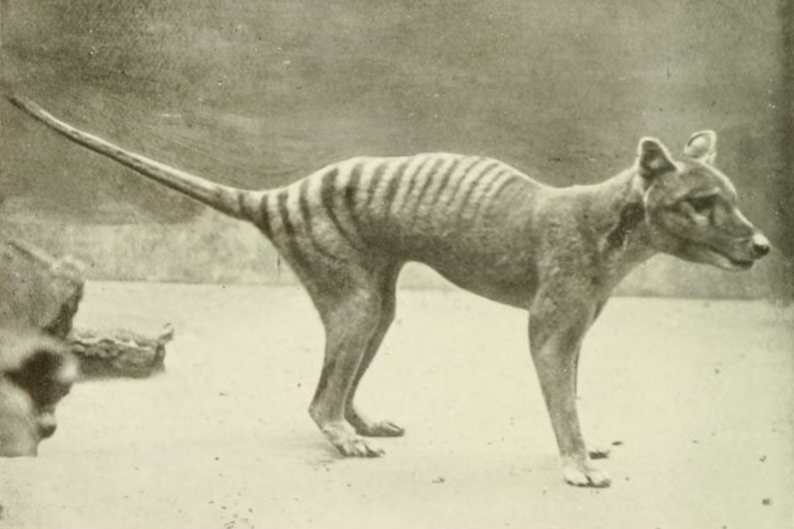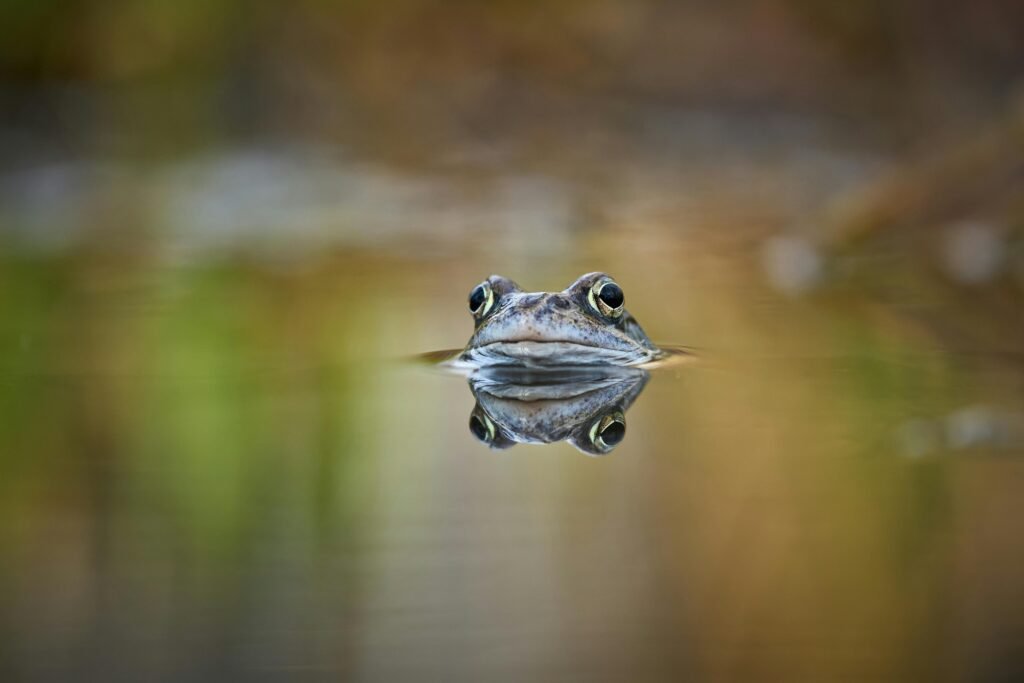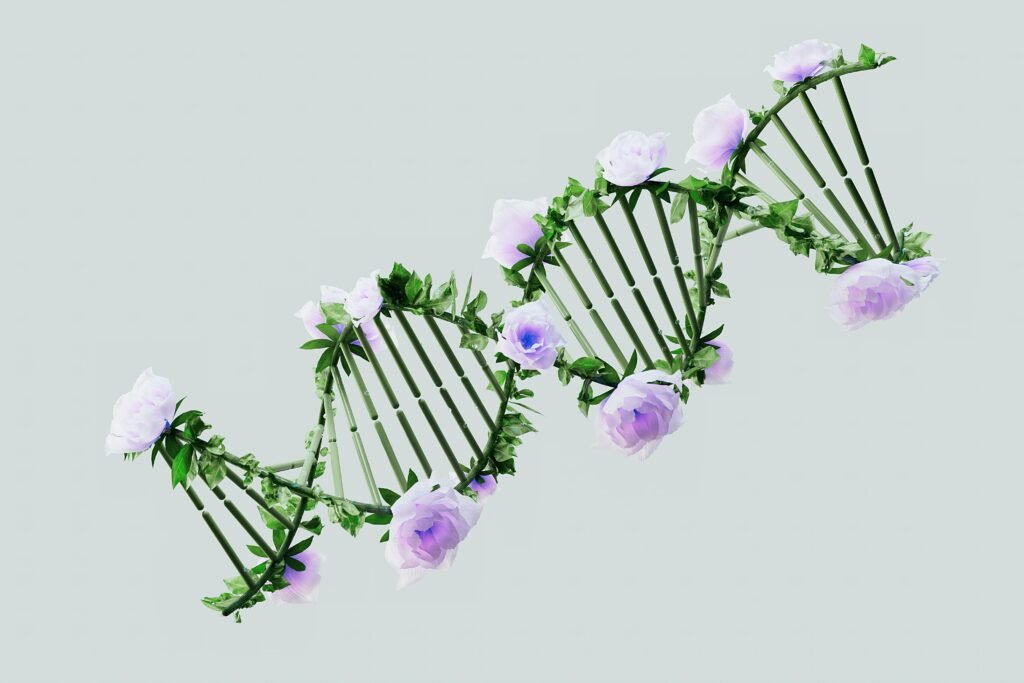The Revival of the Tasmanian Tiger Sparks Global Awe

After nearly a century of extinction, the Tasmanian tiger—or thylacine—has been given a second chance at life. Through a wild blend of synthetic biology, preserved DNA, and cloning, scientists are now re-creating this striped marsupial from tissue samples and genetic material stored in deep freeze. It sounds like something out of Jurassic Park, but it’s very real—and very historic. The first living thylacine embryo is already being monitored in a laboratory, and researchers say it could be born within the decade.
The implications of this are staggering. We’re not just talking about bringing back a single animal, but rewriting how we think about extinction itself. For the first time, the finality of a species vanishing might not be so… final. If successful, the thylacine’s reintroduction could restore lost balance to Australian ecosystems where invasive species took over in its absence. But this is still delicate science. Will the thylacine thrive in a changed landscape? Or will it become a zoo-bound curiosity, a ghost revived but not reborn?
Evolution in Reverse: What Happens When Extinct Genes Reawaken?
One of the strangest questions to come out of de-extinction science is this: what happens when you reintroduce genes that haven’t seen sunlight for centuries? It’s more than just bringing an animal back—it’s about rebooting entire evolutionary branches. When scientists use ancient DNA to splice together a species, they’re essentially resurrecting long-dormant traits and behaviors. Some of these may be useful in today’s world, others might be dangerously out of step.
Take flightless birds, for instance. If a reengineered moa or dodo returns, how do they defend themselves against modern predators? Their instincts evolved for a different time, different threats. It’s like dragging an 1800s knight into a UFC ring—there’s a mismatch. Evolution doesn’t pause just because a species does. So, every time we revive a creature, we also reintroduce a snapshot of Earth’s ancient code—sometimes helpful, sometimes incompatible, always unpredictable.
De-Extinction Labs: Where Sci-Fi Is Now a Day Job
Step into the lab of today’s leading de-extinction scientists, and you’ll feel like you’ve walked into a science fiction set. There are artificial wombs, gene sequencers the size of photocopiers, and fridges stocked with DNA from the Ice Age. This is not a dream. This is the workplace of people who are actively working to revive species like the woolly mammoth, the great auk, and the aurochs. What used to be impossible is now a grant proposal away from happening.
Scientists at institutions like Colossal Biosciences and Harvard’s Woolly Mammoth Revival Project are turning dead creatures into living possibilities. With CRISPR, they can cut and paste DNA with surgical precision. But these labs are not just playgrounds for brilliant minds—they’re also ethical minefields. Every breakthrough leads to new dilemmas. Who decides which species gets resurrected? Is this innovation or hubris? The labs are humming with hope, but behind the microscopes, the questions grow louder.
Welcome to the Extinction Rewind: The Jurassic Hype Meets Real Science
We’ve joked about cloning dinosaurs since the ’90s, but the reality of de-extinction is no longer limited to Hollywood fantasies. While we’re not bringing back T. rex anytime soon, scientists are seriously working on creatures like the Pyrenean ibex—a species declared extinct in 2000 and cloned back to life in 2003, if only for seven minutes. That was the first de-extinction ever recorded. Since then, the field has exploded with possibilities, ambitions, and controversy.
Every success brings us closer to flipping extinction on its head. But here’s the kicker: it’s not just about nostalgia or zoo exhibits. Reviving recently extinct species could help replenish failing ecosystems. Think of it as ecological time travel—pressing undo on the mistakes of humanity. Yet, it’s also a race against degradation. Ancient DNA decays. Habitat shifts. Ecosystems evolve. If we wait too long, these ghosts of evolution may come back into a world that no longer fits them.
The Lazarus Effect: How a Tiny Frog Changed Everything

The gastric-brooding frog of Australia wasn’t just another lost species—it was a biological enigma. This small amphibian, about the size of a ping pong ball, had one of nature’s weirdest parenting strategies: it would swallow its fertilized eggs, shut down its stomach acid, and incubate its young in its belly. Then, weeks later, it would “birth” them by regurgitating fully formed froglets through its mouth. It sounds like something out of a sci-fi film, but it was very real. Sadly, this oddball species vanished in the 1980s, a casualty of habitat destruction, disease, and human indifference. But it left behind a curious trail of genetic material—tiny time capsules of potential.
Fast-forward to the 2010s, when scientists launched “The Lazarus Project”—an audacious attempt to bring the frog back from the dead. Using cryopreserved cells, they managed to reinsert the frog’s DNA into donor eggs from a close relative. And for a few electrifying days, the cells began to divide. Embryos formed. Life, or something like it, was stirring again. The embryos didn’t survive past a certain stage, but that wasn’t the point. The experiment proved that extinction might not be the final curtain after all. Suddenly, the conversation wasn’t just about if we could revive lost species—it was about how soon. The gastric-brooding frog became a kind of resurrection mascot, inspiring headlines and stirring scientific ambition. Its bizarre biology, once seen as a footnote in nature’s ledger, became a powerful metaphor for possibility. And in its short-lived return, it taught us something big: even the smallest creature, given the right spark, can reignite a revolution.
The Ethics of Playing Nature’s Editor-in-Chief
It’s one thing to marvel at the science of resurrection—it’s another to ask whether we should be doing it. The ethics around de-extinction are murky, to say the least. Who gets to decide which species deserves a second shot? And if we bring them back, are we responsible for their future? These are not just philosophical questions; they’re real concerns echoing across scientific conferences and policy boards.
Some argue that de-extinction is a moral obligation—especially when the species disappeared due to human error. Others caution that we’re risking ecological chaos or worse, distracting from the hard work of preserving the living. After all, if we can bring species back, what’s the urgency to protect the ones we still have? Resurrection science could either be the ultimate environmental redemption arc… or a dangerous form of hubris wrapped in a lab coat.
What Happens When You Reintroduce a Species Into a Changed World?
Let’s say you’ve brought a species back—successfully cloned, genetically edited, breathing on its own. Now what? The real challenge often starts after the creature is born. Environments evolve, prey populations shift, and climate zones transform. The place that species once called home may no longer resemble what it remembers—or is hardwired to expect.
Think about the passenger pigeon, which once blacked out skies in North America. It went extinct due to overhunting and habitat loss. If it came back today, where would it live? The forests it thrived in are now highways and strip malls. Scientists would have to “teach” it how to live again, possibly in a totally foreign ecosystem. So de-extinction isn’t just biological—it’s logistical, psychological, and deeply ecological.
Could Extinct Species Help Heal Modern Ecosystems?
One of the strongest cases for de-extinction is ecosystem repair. Some animals didn’t just live in an environment—they helped shape it. Take the woolly mammoth, for instance. Scientists believe that if mammoths were revived and returned to the tundra, they could slow down permafrost melt by trampling snow and encouraging grassland growth. That’s not just cool—it’s potentially climate-saving.
By reintroducing key “keystone species,” we could jump-start ecological processes that have long been broken. It’s like hitting CTRL+Z on centuries of environmental missteps. But success hinges on a million variables—climate stability, food availability, predator-prey balance, and public support. It’s hopeful and risky at the same time. If it works, we’re not just resurrecting animals—we’re rebooting Earth.
The Commercial Gold Rush of De-Extinction
Believe it or not, de-extinction is becoming a business. Biotech startups are raising millions with promises to bring back mammoths, dodos, and even saber-toothed cats. They’re betting on the next frontier of biology, and investors are eating it up. But it’s also raised eyebrows. Is this science for science’s sake—or are we turning ancient species into novelty products?
Some fear a future where resurrected animals are treated like designer pets or tourist attractions. Will people pay to see a mammoth in a private park? Probably. But should they? The line between innovation and exploitation is thin. And with money flowing in faster than regulation, we might be entering an age of genetic capitalism—with extinction as just another variable in the business model.
Could Humans Be Next on the Resurrection List?
Here’s where things get especially weird. If we can bring back animals, could we one day resurrect ourselves? Some scientists say yes—at least hypothetically. With preserved DNA, advanced cloning, and artificial wombs, the door is cracking open on human resurrection. That raises all kinds of sci-fi questions. Would it be you, or just a copy? What about memories? Consciousness?
While most researchers steer clear of this ethical minefield, the implications are there. Human de-extinction is still way off—but it’s no longer science fiction. Cryonics, digital backups, and DNA banking are already inching into the mainstream. If the resurrection of a frog shakes up biology, the resurrection of a human would shake up everything we know about life, death, and identity.
Ancient DNA: A Fragile Thread to the Past

Resurrecting extinct species depends on one critical ingredient: usable DNA. And that’s where the whole project can fall apart. DNA is fragile. It degrades in heat, moisture, and time. Most extinct species didn’t leave behind perfect samples in a deep freeze. Instead, we have bone fragments, mummified tissue, or fossils that offer only partial blueprints.
That’s why many de-extinction projects rely on close living relatives to “fill in the blanks.” But the more you patch DNA with modern substitutions, the more you move from resurrection to reinvention. Are we bringing back a thylacine, or just a striped marsupial remix? It’s a game of genetic telephone—sometimes brilliant, sometimes blurry. But every genome recovered is a whisper from the past, asking to be heard one more time.
De-Extinction Is Forcing Us to Rethink What It Means to Be Alive
At the end of the day, resurrection science isn’t just about animals. It’s about us. Our legacy. Our power. Our responsibility. De-extinction forces us to grapple with uncomfortable truths—like how many species went extinct because of human actions, and whether we have the moral duty to make things right. It also blurs the line between natural and artificial, between life and life-like.
When we resurrect a species, are we restoring nature—or creating something entirely new? Are these animals alive in the same way their ancestors were? Or are they engineered echoes of a bygone era? These aren’t easy questions. But they’re the ones we must ask as we begin to wield the tools that were once reserved for gods and myths. In reviving the past, we may be rewriting the rules of evolution altogether.
The First Zoo of the Extinct Could Open Within Decades
It sounds surreal, but the world’s first “de-extinction zoo” might be closer than we think. Picture a sanctuary—not a traditional zoo—with vast, secure environments for once-extinct animals to roam. No concrete cages, no fake rocks. Just a living museum of biology’s most miraculous comebacks. Plans are already being sketched for such sanctuaries in places like Siberia and Tasmania, where revived mammoths or thylacines could one day walk again.
But this vision comes with big logistical and ethical questions. How do you design an enclosure for a species that hasn’t existed in 5,000 years? How do you meet its physical and emotional needs? And how do you keep it safe from diseases it never evolved to face? The idea of a de-extinction park is thrilling, but it’s also a bold bet on our understanding of ancient biology. One misstep, and we’re not hosting miracles—we’re curating tragedies.
